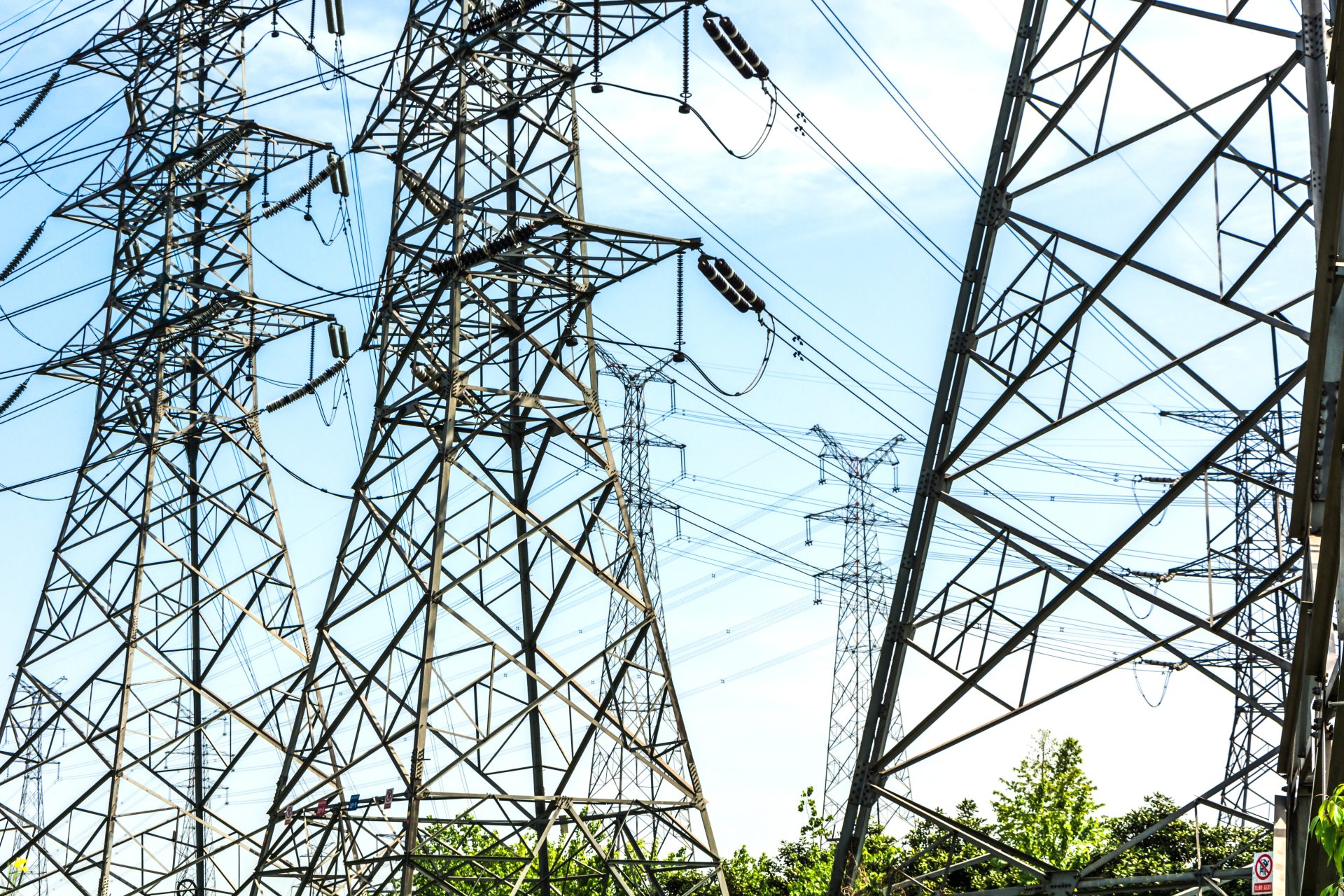“TECNALIA has designed a new approach to the way DC solutions are used in power systems”
TECNALIA collaborates in the development of a stability criterion for DC systems that is applicable to “black box” models.
The peculiarity of these models is that they are opaque on the inside, but their external performance can be analysed by observing their inputs and outputs. As is the case with the electrical grid.
The configuration of electrical grids has remained relatively unchanged since they were created. Energy is produced at large generation centres which are connected to a high-voltage AC transmission network.
This network extends from the generation centres to areas close to the consumption points, where, using transformers, the voltage level is reduced for the distribution of energy to end users.
Decarbonisation in the energy sector
The energy sector, however, is facing the biggest transition since the beginning of electrification in the 19th century, due to the need to reduce greenhouse gases, adapt to extreme weather and reduce dependence on imported energy.
There are three main keys to achieving this decarbonisation:
- maximise system efficiency
- deploy renewable energy sources
- electrify key sectors
The share of integrated solar and wind energy in the Spanish energy market has actually grown significantly since the early 2000s.
The role of power electronics
These resources are integrated into the electricity grid via power electronics. These actions have led to the development of integrated DC sub-networks that work in coordination with the AC grid, laying the foundation for the concept of hybrid grids.
There are several challenges posed by the evolving architecture and nature of the network. Among other things, it highlights the need to ensure it works properly and that there is robust energy supply to businesses and households. This is achieved by ensuring the stability of the network in the face of disturbances or changes that may occur when new connections are made to the network.
- This is the context for a Master’s thesis that delves into the current state of the art in terms of stability criteria and proposes extensions to several of them.
- The work is materialised in two scientific publications, currently under review, which aim to extend the knowledge generated throughout this work.
** These developments are part of the Shift2DC project.

